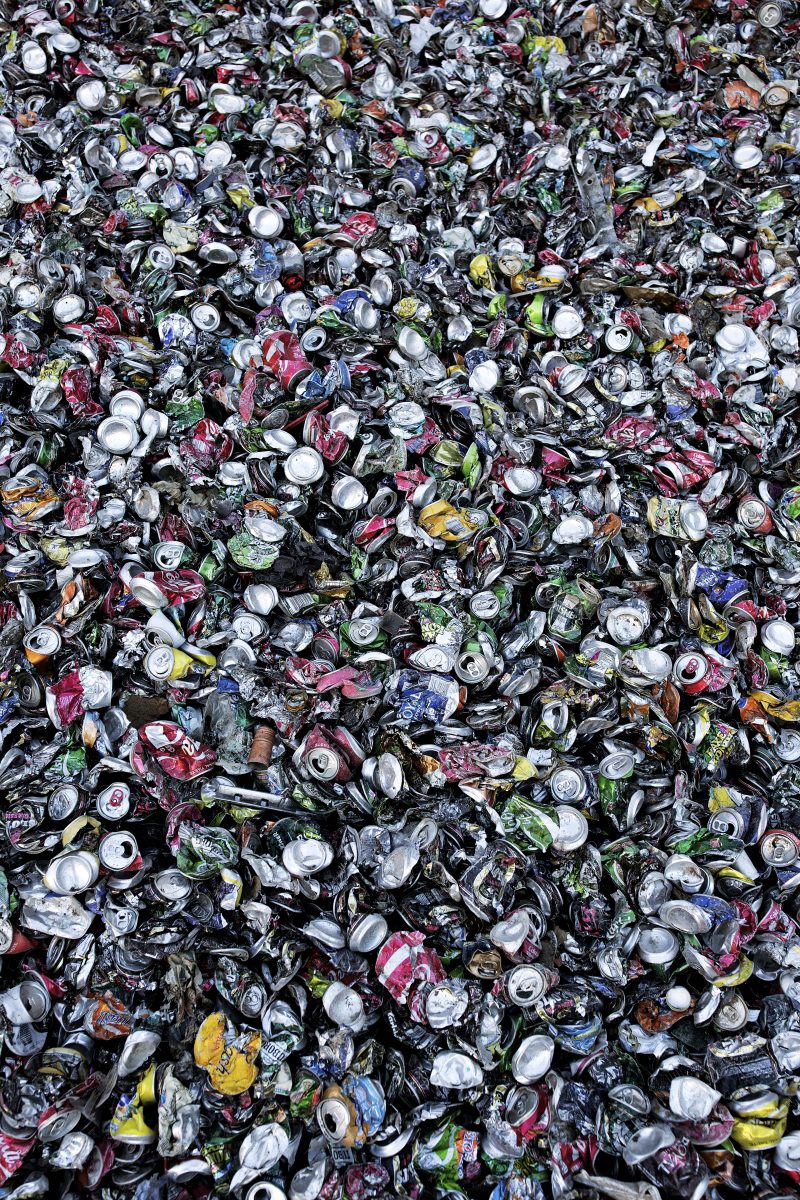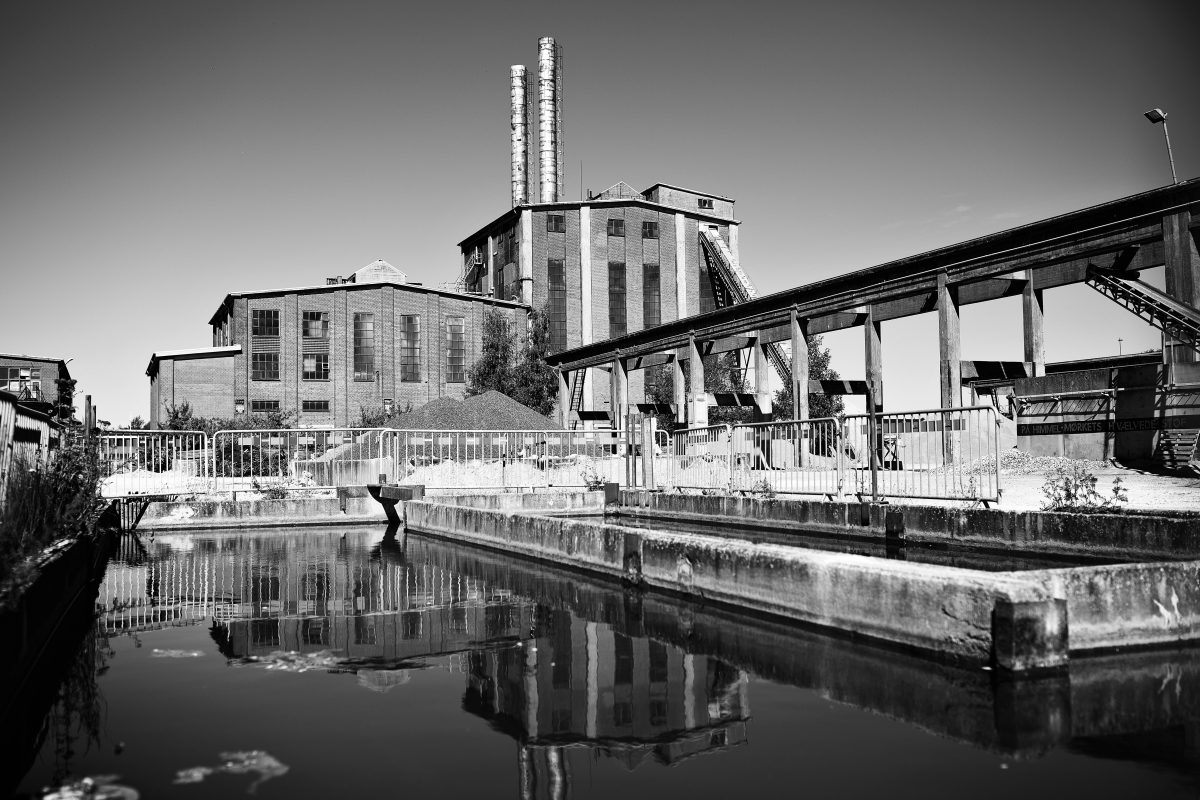Globalisation has taken its toll on many former industrial power centres in the West. They are often shadows of their former selves. Some have been abandoned. But that leaves space for other ideas to move in, such as Resource City in Denmark.
ROUND AND ROUND IT GOES
In the Danish town of Næstved, population 80,000, a former paper mill occupying just over half a square kilometre of land has been transformed into a new industrial cluster for recycled goods. From the outside the building resembles an edifice from the early age of industrialisation. Inside it contains some of the most advanced waste sorting equipment yet put to use. Large volumes of glass, cans, waste wood and other materials are sorted and reused in new products. “We have the most advanced glass sorting plant here. Everything from window glass to bottles are being utilised. Even cork and plastics. Nothing is wasted,” explains Kim Lykke from the German-based Reiling Group. Current demand for glass outstrips supply by around one million tonnes globally. That is a lot, given that one cargo shipload of glass amounts to 3000 tonnes. The competition for used glass is fierce, he says.
Easy harbour access lay behind the selection of what is known as Resource City for location of the recycling facility. “We had to find a place with a harbour, and here we are close to both the harbour and industry,” Lykke says. He points to local breweries, recycling stations and the Danish recycling system as main suppliers of used glass.
“Current demand for glass outstrips supply by around one million tonnes globally”

The Danish return system for plastic and glass bottles and more recently aluminium cans integrates a deposit into the sales price at the point of consumer purchase. That deposit is returned if the empty container is taken to a recycling station. At €0.15-0.40 a container, the deposit is large enough to ensure they do make it to the many collection points, which are found at all supermarkets. The system partly accounts for Denmark’s high glass recycling rates. While the EU-average recycling rate for glass is 73%, Denmark scores 98% as the star performer.
 From dereliction to duty. Even the once derlict buildings now being used for recycling used glass, cans and other material once had another function before being given new life as Resource City[/caption]
From dereliction to duty. Even the once derlict buildings now being used for recycling used glass, cans and other material once had another function before being given new life as Resource City[/caption]
Reusing old glass in the production of new glass not only reduces raw material consumption, it also saves energy in an energy-hungry process “Glass factories save 30% of their energy using discarded glass instead of making glass from base raw material. This is basically our reason for being,” Lykke says. Reiling is now adding a new unit to the plant with the ability to recycle glass dust. •

Beer bottles in Denmark are filled and emptied about 35 times before being declared no longer fit for service, melted down and turned into new bottles.
TEXT Sofie Buch Hoyer / PHOTO Lars Just